Introduction
Mapo Tofu, a signature dish from Sichuan province in China, is renowned for its fiery red color, spicy and numbing flavors, and the tender texture of the tofu cubes. This dish, which translates roughly to “pockmarked grandmother’s tofu,” is believed to have originated from a small restaurant owned by a woman with a pockmarked face. Over time, it has evolved into a culinary icon, representing the essence of Sichuan cuisine’s bold and complex flavors.
Making authentic Mapo Tofu at home may seem daunting, but with the right ingredients and techniques, you can recreate this delicious dish with remarkable success. This comprehensive guide will walk you through every step, from selecting the best tofu and spices to perfecting the cooking process, ensuring your Mapo Tofu is as close to the original as possible.
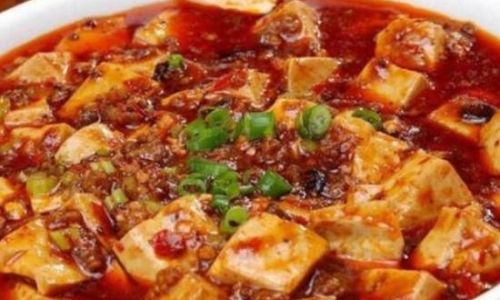
Section 1: Understanding the Ingredients
Before diving into the cooking process, it’s crucial to understand the key ingredients that make Mapo Tofu unique.
1 Tofu
- Type: Use firm or extra-firm tofu for its ability to hold its shape during cooking. Soft tofu will disintegrate.
- Preparation: Press the tofu to remove excess water. You can do this by wrapping it in a clean kitchen towel and placing a heavy object on top for about 15-20 minutes. Alternatively, you can slice the tofu and let it sit between paper towels with a heavy plate on top.
2 Spices and Sauces
- Doubanjiang (Chili Bean Paste): This fermented chili paste is the cornerstone of Mapo Tofu’s flavor. It adds both heat and depth.
- Huajiao (Sichuan Peppercorns): These provide the unique numbing sensation known as ‘ma la’ in Sichuan cuisine. Toast them lightly before grinding or crushing to release their oils.
- Garlic and Ginger: Fresh garlic and ginger add a layer of aroma and freshness.
- Soy Sauce and Light Soy Sauce: For seasoning and color.
- Sesame Oil: Adds a nutty aroma and richness.
- Shaoxing Wine: Adds complexity and depth to the dish. If unavailable, dry sherry or a good quality white wine can be used.
- Chicken or Vegetable Broth: For a flavorful base.
- Cornstarch Slurry: To thicken the sauce.
3 Aromatics and Garnishes
- Scallions: Finely chopped for garnishing.
- Cilantro: Optional, for an additional layer of freshness.
- Toasted Sesame Seeds: For a nutty crunch.
- Chili Oil: For extra heat and flavor.
Section 2: Preparing the Ingredients
Proper preparation of ingredients is essential for a successful dish.
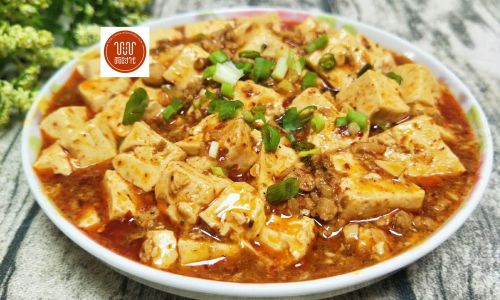
1 Preparing the Tofu
- After pressing, cut the tofu into small, bite-sized cubes. This ensures even cooking and easy eating.
2 Preparing the Spices
- Measure out all spices and sauces beforehand to streamline the cooking process.
- Toast the Sichuan peppercorns until fragrant, then crush them using a mortar and pestle or a spice grinder. Be careful not to burn them, as this will alter their flavor.
- Mince the garlic and ginger finely.
Section 3: Cooking the Mapo Tofu
Now, let’s dive into the cooking process.
1 Heating the Oil
- Start by heating a generous amount of vegetable oil in a wok or large skillet over medium-high heat. The oil should be hot but not smoking.
2 Frying the Aromatics
- Add the minced garlic and ginger to the hot oil. Stir-fry until fragrant, about 30 seconds to 1 minute. Be careful not to let them burn.
3 Adding the Chili Bean Paste
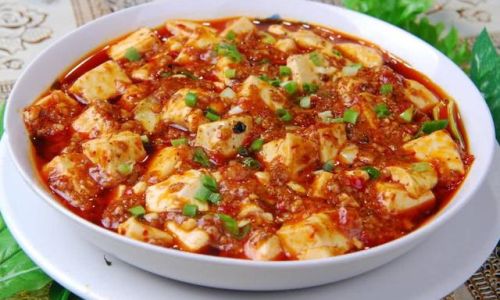
- Add the doubanjiang to the wok. Stir-fry for another 2-3 minutes, until the oil turns red and fragrant. This step is crucial for developing the dish’s signature flavor.
4 Adding Broth and Seasonings
- Pour in the chicken or vegetable broth, soy sauce, light soy sauce, and Shaoxing wine. Stir well to combine.
- Bring the mixture to a boil, then reduce the heat to maintain a gentle simmer.
5 Cooking the Tofu
- Carefully add the tofu cubes to the simmering broth. Gently stir to avoid breaking the tofu.
- Let the tofu cook for about 5-7 minutes, allowing it to absorb the flavors of the broth.
6 Thickening the Sauce
- In a small bowl, mix together cornstarch with a little water to form a slurry.
- Gradually add the slurry to the wok, stirring constantly, until the sauce reaches your desired thickness. Be cautious with the amount of slurry, as too much will make the sauce gluey.
7 Adjusting Seasoning
- Taste the sauce and adjust with additional soy sauce, salt, or sugar if needed. Remember, Mapo Tofu should be bold in flavor, so don’t shy away from seasoning generously.
8 Adding the Final Touches
- Stir in a small amount of sesame oil for added aroma.
- If desired, add a splash of chili oil for extra heat.
Section 4: Serving and Garnishing
The final presentation can elevate your dish from good to great.

1 Transferring to a Serving Dish
- Carefully transfer the cooked Mapo Tofu to a serving dish, ensuring the sauce is evenly distributed.
2 Garnishing
- Sprinkle with finely chopped scallions and, if using, cilantro.
- Add a pinch of toasted sesame seeds for a nutty crunch.
- Drizzle a little extra chili oil over the top for an extra kick.
Section 5: Tips and Tricks for Perfect Mapo Tofu
- Use Fresh Ingredients: Always opt for fresh garlic, ginger, and scallions. Their freshness will make a significant difference in the final dish.
- Control the Heat: Mapo Tofu should be spicy, but not overwhelmingly so. Adjust the amount of doubanjiang and chili oil according to your taste preferences.
- Don’t Overcook the Tofu: Overcooking can make the tofu rubbery. Cook it just until heated through and flavorful.
- Balance the Flavors: Mapo Tofu is a harmonious blend of spicy, savory, and slightly sweet flavors. Taste frequently and adjust seasoning accordingly.
- Serve Immediately: Like many stir-fries, Mapo Tofu is best enjoyed hot and fresh.
Conclusion
Making Mapo Tofu at home is a rewarding culinary endeavor that brings the essence of Sichuan cuisine to your kitchen. By following this comprehensive guide, you’ll be able to create a dish that balances fiery heat, numbing spice, and tender tofu in a rich, flavorful broth. Whether you’re a seasoned chef or a home cook eager to try something new, Mapo Tofu offers a delightful challenge and an even more delightful reward. So, gather your ingredients, heat up your wok, and embark on a culinary journey through the spicy, aromatic world of Sichuan cuisine. Bon appétit!
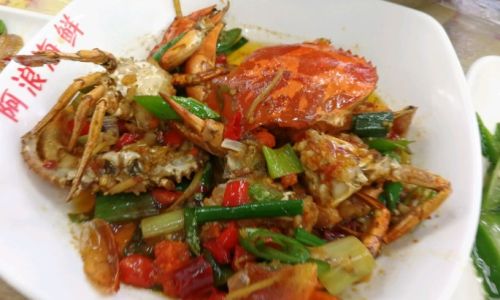
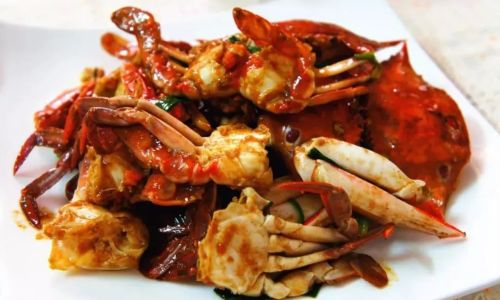
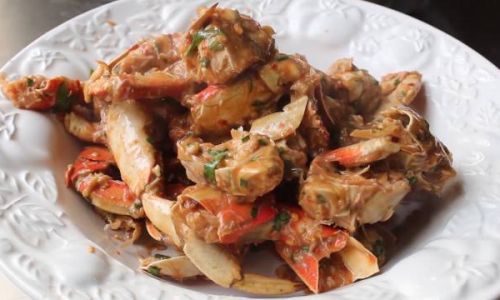
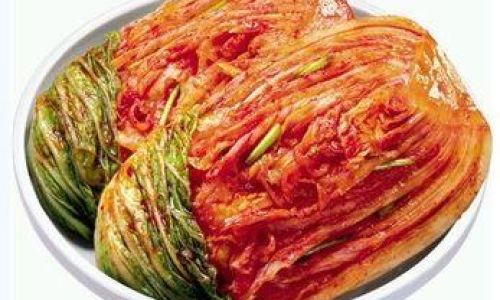
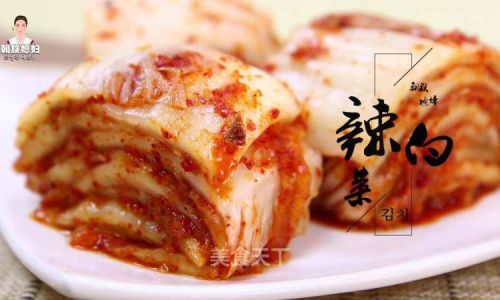
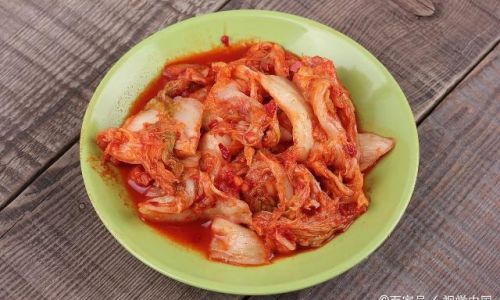
0 comments